Offshore Technology lists five of the most popular tweets on oil and gas supply in Q1 2022 based on data from GlobalData’s Oil and Gas Influencer Platform.
The top tweets are based on total engagements (likes and retweets) received on tweets from more than 150 oil and gas supply experts tracked by GlobalData’s Oil and Gas Influencer platform during the first quarter (Q1) of 2022.
The most popular tweets on oil and gas supply in Q1 2022: Top five
1. Caner Can’s tweet on Turkey increasing its natural gas storage capacity
Caner Can, energy counsellor at Turkey’s Ministry of Foreign Affairs, retweeted an article shared by David Edick Jr, a global political economist, on the country’s plans to increase its natural gas storage capacity from 4.7 billion cubic meters to 11 billion cubic meters by 2030. Turkey will be able to store nearly 20% of the natural gas consumed in a year, according to Fatih Dönmez, the Energy and Natural Resources Minister of Turkey.
Dönmez further stated that the natural gas infrastructure development initiatives have raised daily flow capacity to 362 million cubic metres, which is 29% more than the country’s peak demand of 280 million cubic metres. The Turkish government spent $10.9bn to subsidise domestic energy prices, as natural gas prices surged worldwide, the article highlighted.
Turkey currently imports 45 billion cubic meters of natural gas annually from Russia, Azerbaijan, Iran and Qatar. The country is expected to commence natural gas production from the Sakarya gas field located in the Black Sea in 2023. The field is estimated to hold 540 billion cubic meters of natural gas.
See Also:
Username: Caner Can
Twitter handle: @hcanercan
Likes: 161
Retweets: 57
2. Anas Alhajji’s tweet on the oil prices to overshoot in 2022
Anas Alhajji, an energy markets expert, shared an article on oil prices expected to increase to $125 in 2022 after surging by 50% in 2021, according to JP Morgan analysts. The surge in prices is caused primarily due to a lack of production capacity and inadequate investment in the oil and gas sector. Analysts expect these factors to lead to an increase in crude oil prices to $90 or even $100 per barrel this year. Alhaji tweeted that the Organisation of the Petroleum Exporting Countries (OPEC) is not struggling to raise the output. Some of the largest OPEC producers with spare capacity are refusing to increase production to compensate for members who are not able to increase production, he added.
Analysts opine that oil prices will be supported by governments’ hesitation to restore restrictions despite Omicron variant leading to a surge in Covid-19 cases. The OPEC and its allies have gradually begun to relax the output cuts imposed when demand collapsed in 2020, the article highlighted. Some smaller producers, however, are not being able to raise the supply, while others are worried about producing too much in case of renewed Covid-19 hold-ups.
Username: Anas Alhajji
Twitter handle: @anasalhajji
Likes: 147
Retweets: 34
3. Giovanni Staunovo’s tweet on OPEC oil output in December undershooting target
Giovanni Staunovo, a commodity analyst at financial services firm UBS, tweeted on OPEC’s oil output in December undershooting the increase planned in a deal with its allies. The trends indicate the capacity constraints faced by oil producing countries that are restricting the supply as the global demand gradually began recovering from the impact of the pandemic, the article noted. OPEC was able to produce 27.80 million barrels per day (bpd) in December 2021, up from 70,000bpd in November 2021 but short of 253,000bpd boost permitted under the supply deal.
The OPEC+ agreement allows for an increase of 400,000bpd in production from all its members in December 2021, out of which the 253,000bpd was shared among the ten OPEC members involved in the deal. The biggest rise in output in December 2021 came from Saudi Arabia, followed by Angola, the United Arab Emirates (UAE) and Algeria. Production, however, dropped or did not rise in Congo, Nigeria, Equatorial Guinea, Libya and Iran, due to unplanned outages and a lack of production capacity.
The group decided to proceed with another 400,000bpd output boost in February 2022, indicating that the lag between actual and agreed supply could widen further without larger producers compensating for the shortfalls.
Username: Giovanni Staunovo
Twitter handle: @staunovo
Likes: 77
Retweets: 23
4. Hannah Daly’s tweet on the implications of Ireland’s energy crisis
Hannah Daly, a lecturer at University College Cork, Ireland, shared an article on how Ireland is vulnerable to global energy markets and supply, where natural gas prices are about four-times higher. Some analysts have estimated that this trend is likely to last for the next few years. The spike in energy prices is primarily being driven by reduced supply and growing demand, Daly added.
Growing tensions between Russia and Ukraine have also contributed to the additional fears of a supply crisis, the article detailed. Russia accounts for around 40% of Ireland’s natural gas supplies to Europe, although majority of the country’s gas comes from the UK and some LNG comes from the international market, mainly Qatar. Ireland pays the international price for gas despite domestic supplies, but Russia’s restriction on exports to Europe is likely to impact its gas prices as well, the article noted.
In addition, Ireland urgently requires new natural gas power generation capacity in the short-term in order to phase out coal and oil-fired generation, and to meet increasing power demand from sources, such as data centres. Ireland will need to develop alternatives to natural gas in the long-term to support its low-carbon transition efforts, the article highlighted.
Username: Hannah Daly
Twitter handle: @HannahEDaly
Likes: 66
Retweets:23
5. Samir Madani’s tweet on oil settling higher due to 2022 demand optimism
Samir Madani, an energy expert, tweeted on the surge in oil prices due to rising Omicron cases apart from other factors such as strong equity markets and production outages. The article detailed that oil prices increased on expectations of further demand optimism in 2022, despite OPEC+ planning to increase output and rising concerns over Covid-19 infections impacting demand. Brent crude price settled at $78.98 a barrel, having risen earlier to $79.05.
The article highlighted that crude oil prices also surged following an outage in Libya, which caused output to drop to 200,000bpd for a week. Analysts expect Brent to increase to the $80-$90 range in 2022.
Username: Sam
Twitter handle: @Samir_Madani
Likes: 49
Retweets: 5

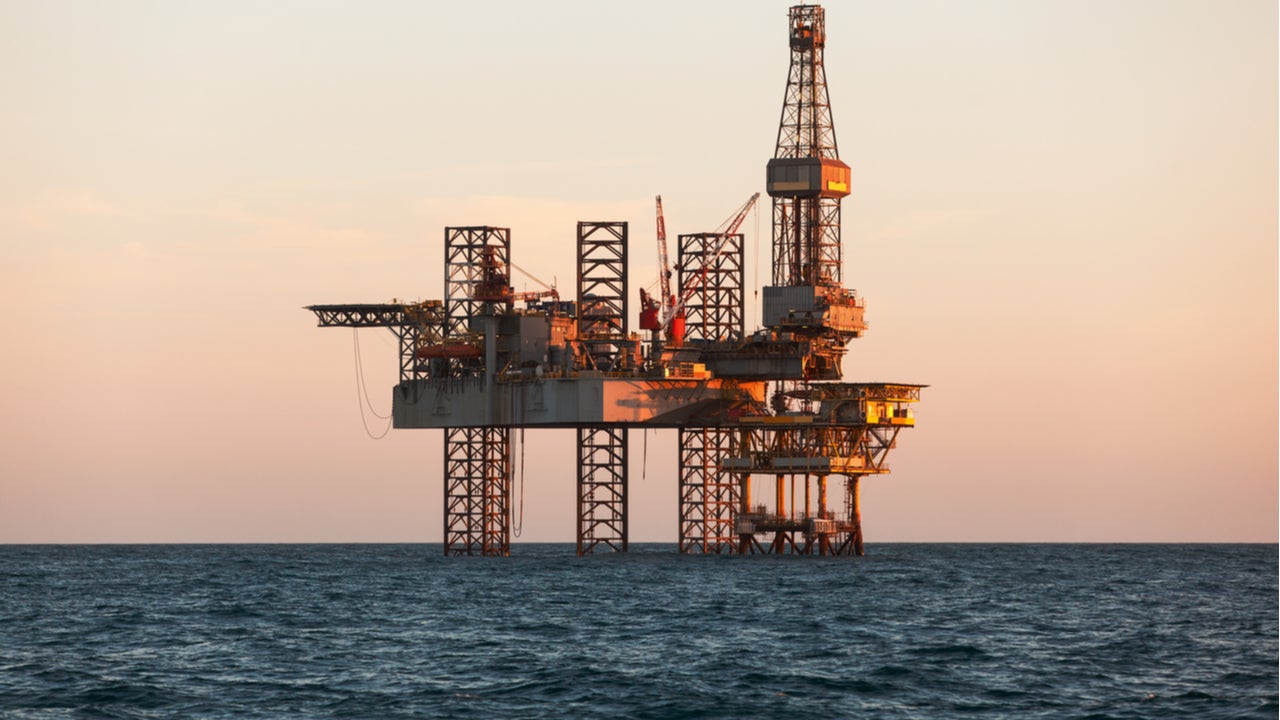



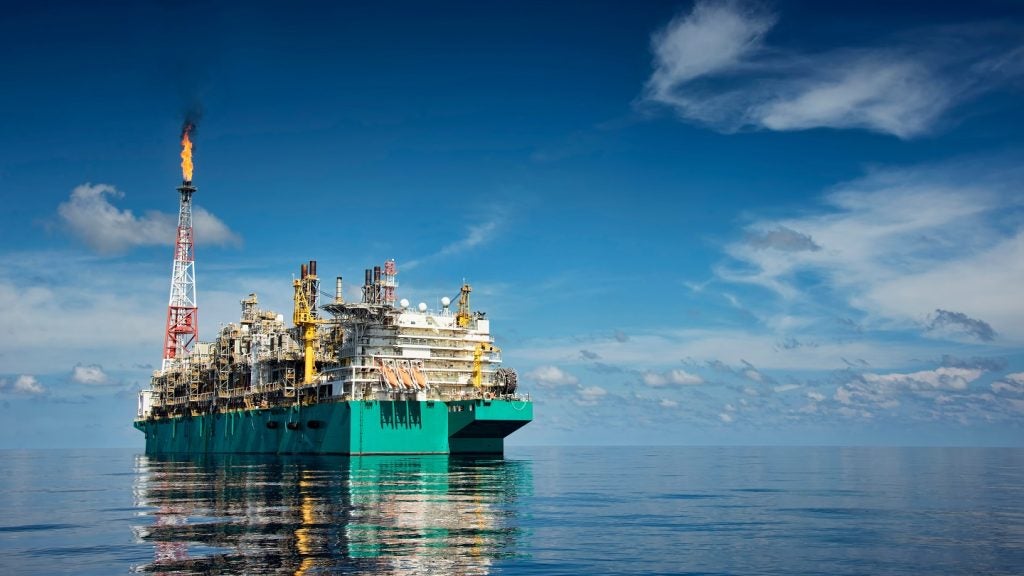
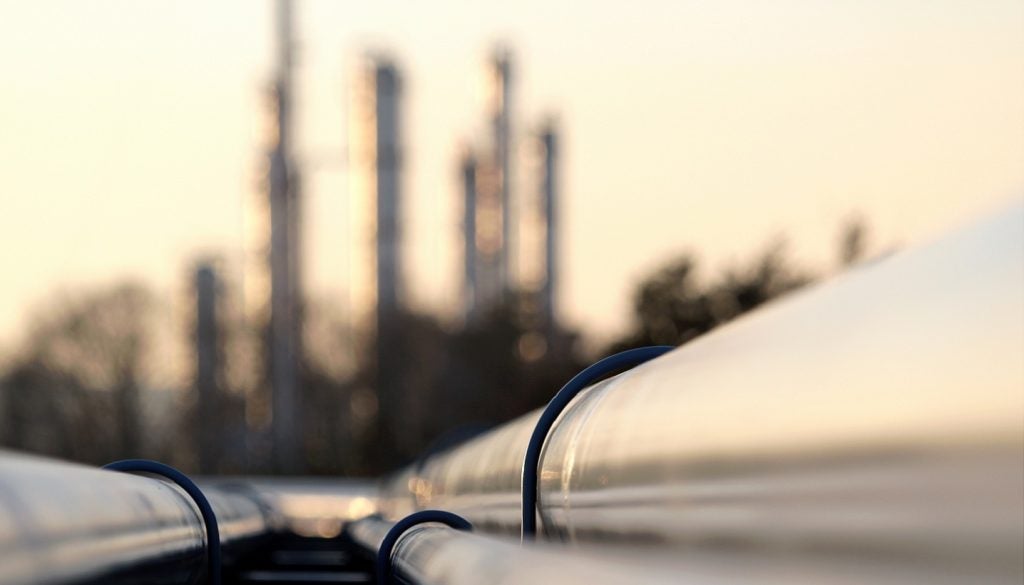
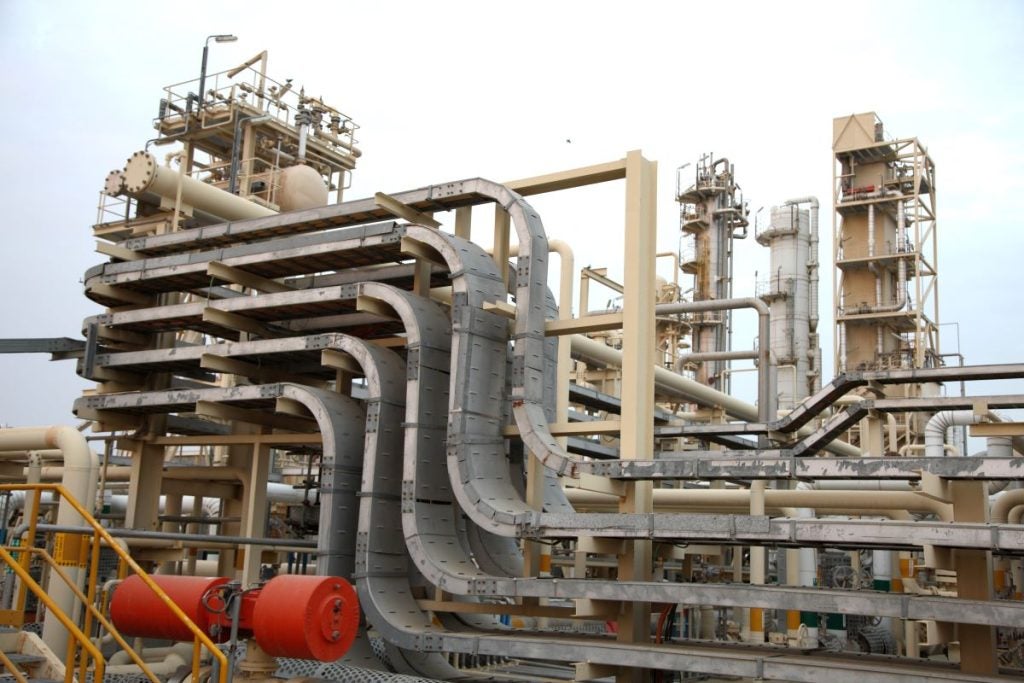
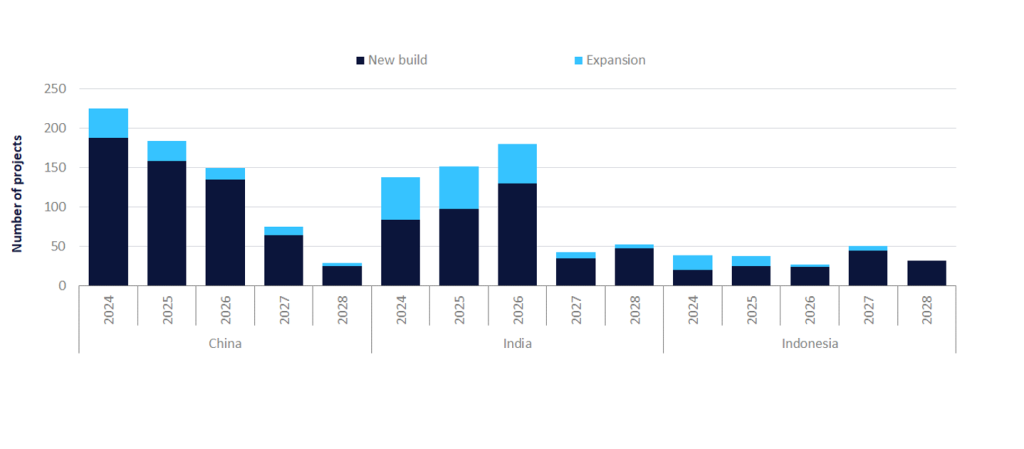

Related Company Profiles
JPMorgan Chase & Co
Brent
Ministry of Foreign Affairs, Qatar
UBS Group AG
World Affairs Council